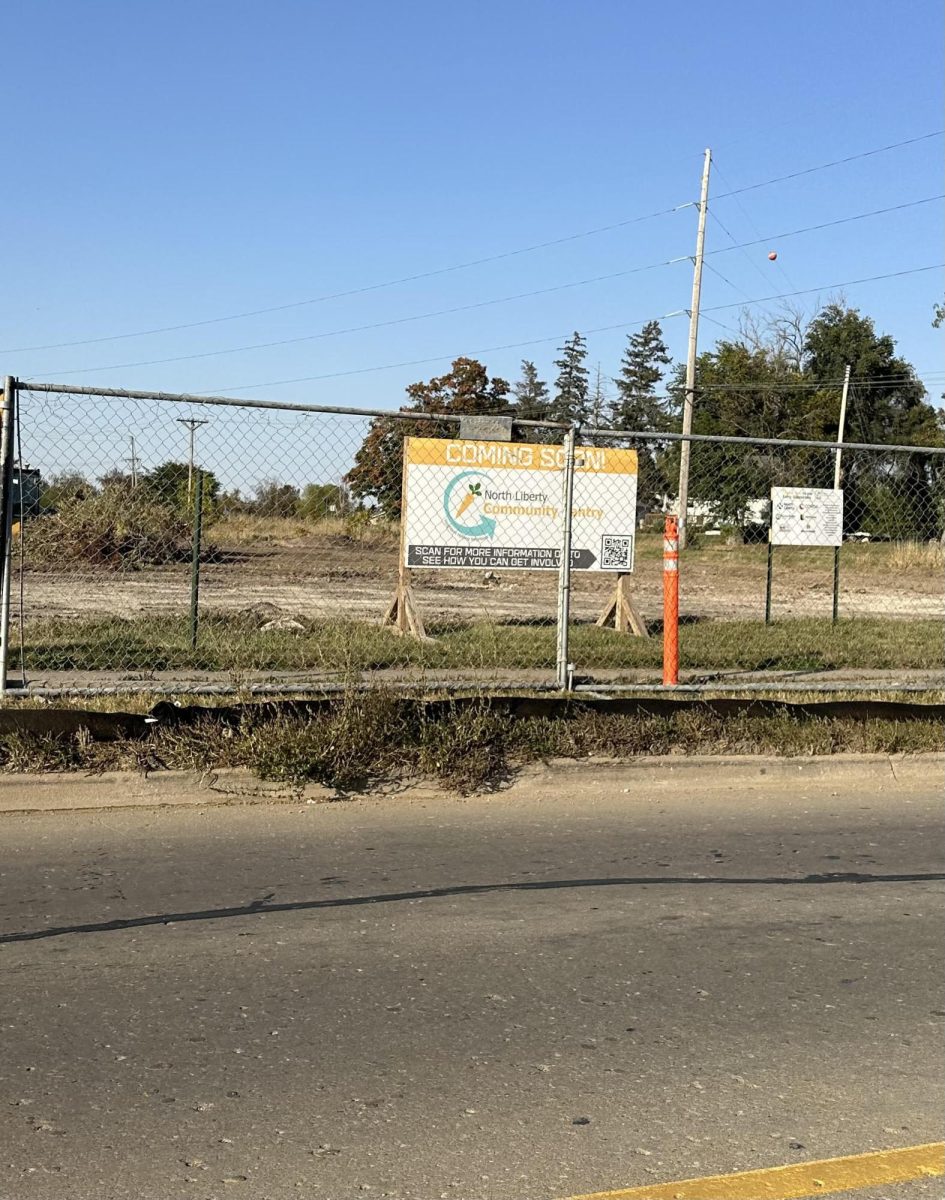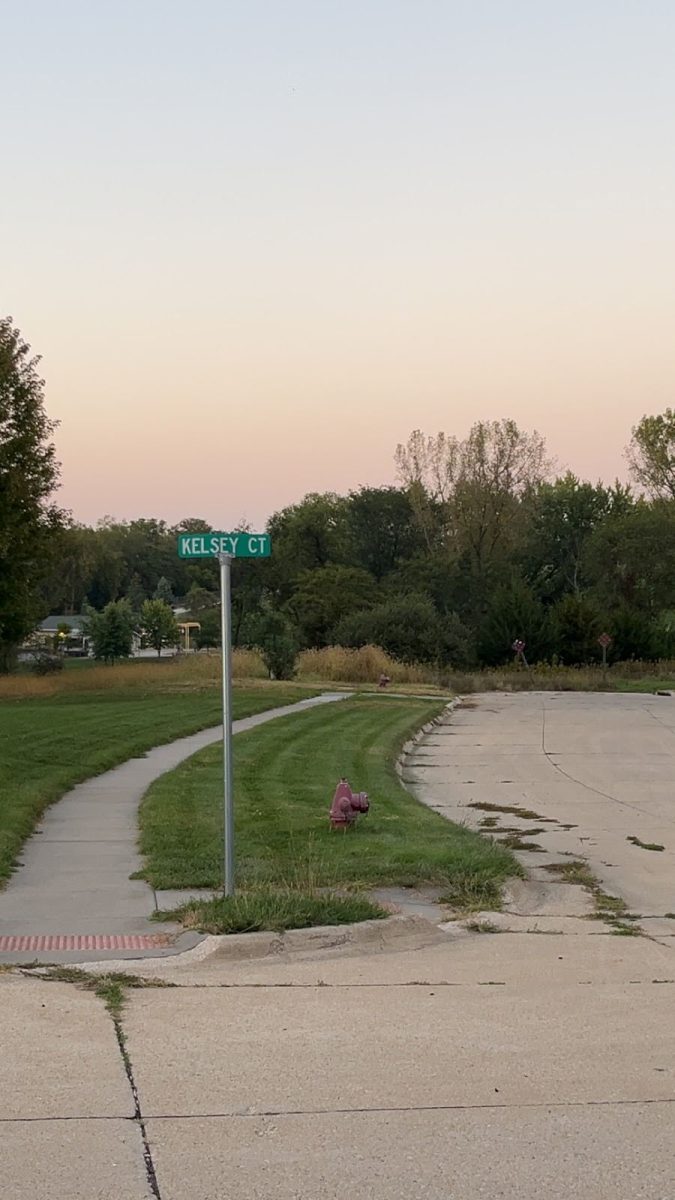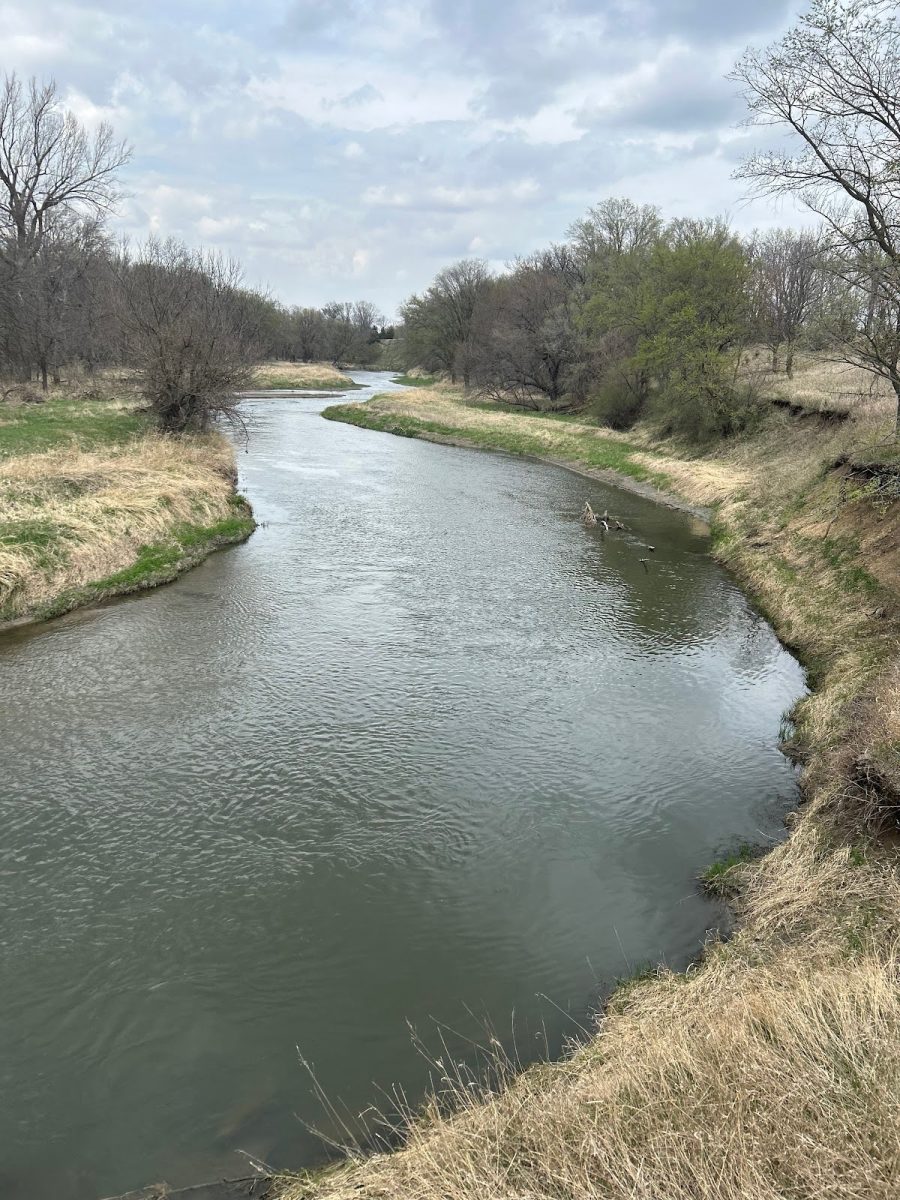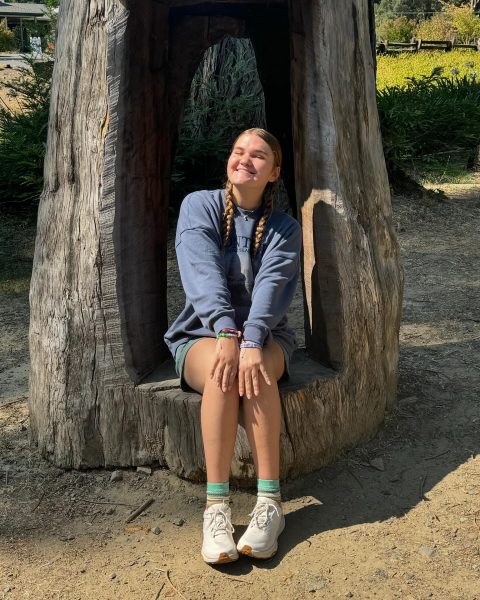As Johnson County’s population grows rapidly, the issue of food insecurity has grown as well. The food insecurity rate in Iowa is currently 10% and continues to rise as grocery costs and inflation increase. Johnson County also struggles more than other areas in Iowa due to its high population of students and immigrants, both of whom typically have a lower income.
Rates of food insecurity are even higher among children, and when kids aren’t properly nourished, their development is negatively impacted. This especially affects their performance in school since it’s difficult for children to focus on learning when they are hungry.
Many of those in need can benefit from the Supplemental Nutrition Assistance Program (SNAP), which is a national government program that provides groceries at a reduced cost to low-income families. One potential issue with SNAP is that the application can be difficult to navigate, especially for uneducated individuals or immigrants for whom English is not their first language. Even for those able to successfully navigate the application process, around 30% have an income deemed too high to qualify for the benefits.
Due to the rising rates of food insecurity, community organizations have stepped up to support those struggling. Chief among these is the North Liberty Community Food Pantry, which is expanding through the construction of a new building that will be four times the size of the current one. This will help store the needed resources for the population that they serve, which has doubled in the past two years. This effort has been made possible by grants and donations amounting to approximately four million dollars.
Another organization that has stepped up is Grow: Johnson County, a nonprofit based in Johnson County that offers opportunities for young people to learn how to grow their own food using sustainable methods. They donate all the food grown, which is roughly 40,000 pounds per year, to food pantries and other partner organizations.
“We’re trying to change the way that people see farms… it’s food to feed people, which is a real need,” stated Lisa Stark (she/her), Iowa Valley RC&D Education & Outreach Coordinator.
Their farmland is part of the Johnson County Historic Poor Farm, created in the 1800s for people to farm in exchange for housing, and has since been transformed into land used by multiple organizations. Besides Grow, the Global Food Project also utilizes part of the land as a space for immigrants and Johnson County residents to connect through community gardens.
These efforts from local organizations along with everyday actions like donating to food pantries and advocating for more government funding to organizations like SNAP are making a big difference for many low-income families.
If the food insecurity rates in Johnson County can be lowered, kids’ health and focus will improve, which could lead to improved performance at school, increased engagement and commitment for their families in the community.











